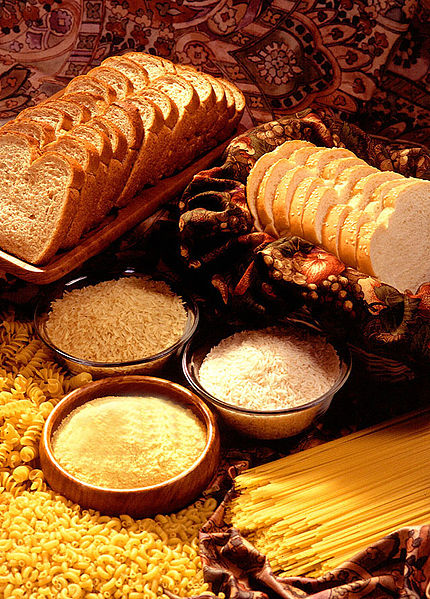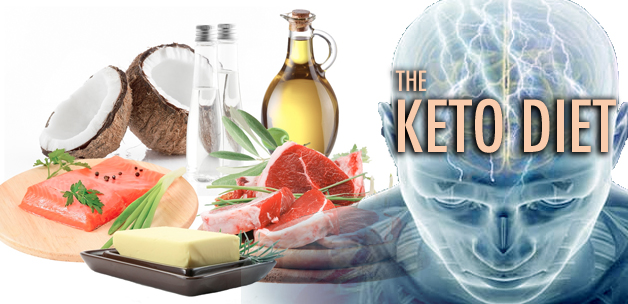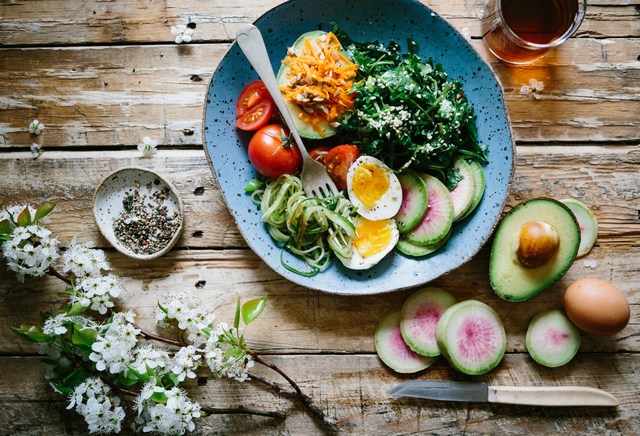What Is Ketosis?
What Is The Science Behind This Ketogenic Diet?
What Changes Occur In Our Body So That Our Fat Deposits Are Used Up Not Built Up?
Well actually Ketosis revolves around the way our body is geared up to produce energy for us. Normally part of what we eat is converted into a simple sugar called glucose, and the metabolic processes of our body turn this glucose into energy. The source of a lot of this Glucose is from Carbohydrate digestion – Sugar, bread, pasta etc.

Ok this sounds great, we need energy to live don’t we?
Yes, we do need energy to live, but unfortunately three things can go against our ability to stay healthy.
- If we eat too much food that is readily converted to glucose, like bread and pasta, our daily energy requirements are often exceeded.
- Our bodies convert this excess energy into fat deposits for a “rainy day”. Unfortunately the fat is deposited on our hips and various other parts of our body and tends to change our shape!
- Another “unfortunately” is that in today’s world we don’t often have “rainy days” because food is abundant, so the fat is not used up – instead it builds up!
So Ketosis is the alternative energy generating process to glucose metabolism. Ketosis is a process used by our bodies when food is scarce. Ketosis has a completely different operating system to Glucose and is switched on when the brain gets messages about possible starvation, like low levels of glucose in our blood.
Ketosis can be looked at as an alternative metabolic pathway, where instead of glucose being used, our fat reserves are used and sent to the liver for processing. The result of the Liver’s action is the production of Ketones. Now Ketones are good sources of energy like Glucose, but are made from breaking down the fat.

Hey this is great! So Ketosis uses the fat deposits on our hips and elsewhere for energy which means these deposits start reducing – great!
But hang on! You were talking about starvation to kick Ketosis into gear……that doesn’t sound healthy!
Yes I did say starvation, but don’t panic, if we can send the right messages to the brain we can get the fat-burning-Ketone- production-machine cranked into gear and not have to go without our food.
What we do is reduce the amount of glucose in our bodies by cutting back on the foods that allow the glucose production factory to operate. Foods like bread, pasta, sugar that fit into the category of Carbohydrates or more commonly known as Carbs. This is why the Keto Diet is also known as the Low Carb diet or sometimes the LCHO diet (low-carb-high-oil) diet.

Yes I can follow you on the low carb thing, but what about the oil. I am no biochemist but I know oil and fat are similar – so what gives with the LCHO?
Good question and I’m glad you are following along. The oils used in the Keto diet are the “good” oils found in things like Nuts and Avacados. They are called PUFA’s or Polyunstaurated Fatty Acids, they are very good for our general health.

So the brain gets messages that the glucose in our blood has dropped a lot, and flicks the switch for the Ketosis machine to crank up and use our fat deposits for Ketone production. This is all happening with the low carb diet even when we are happily eating our fried Lemon Chicken with stir fried greens.
Now weight loss is the obvious benefit of the Keto Diet, but there are other benefits and they relate to mood, energy levels, and mental problems like epilepsy. Actually as far back as the 1920’s a form of the Ketogenic Diet was used as part of the treatment of epilepsy.
Thanks for reading this far – I appreciate it. I hope you found it interesting.
